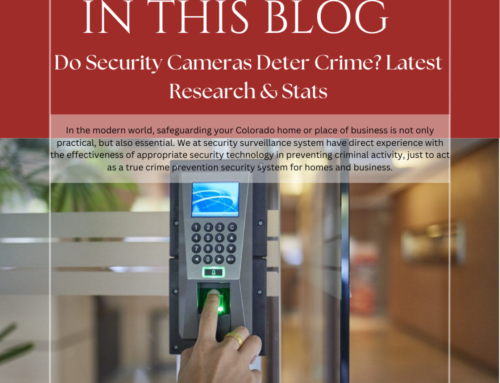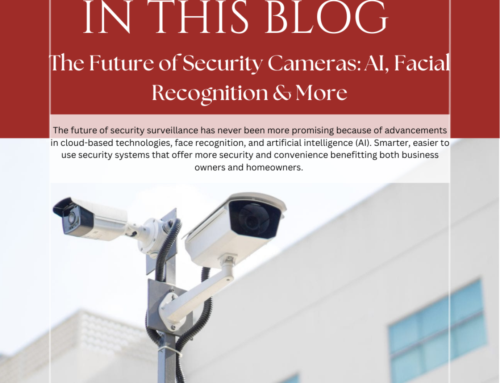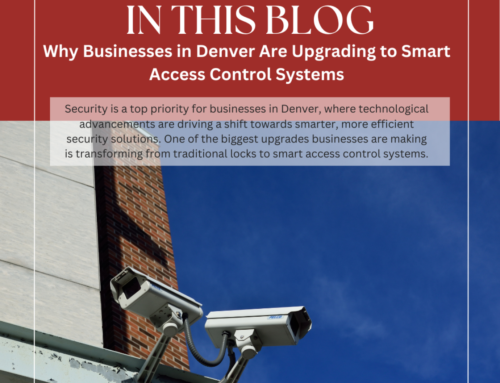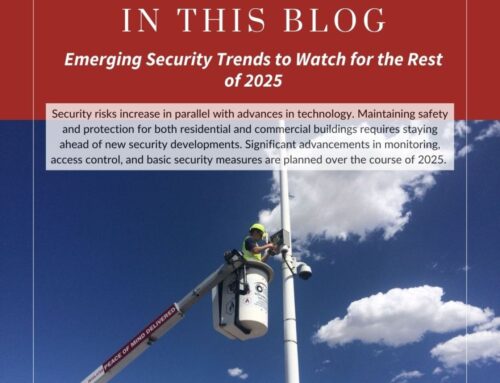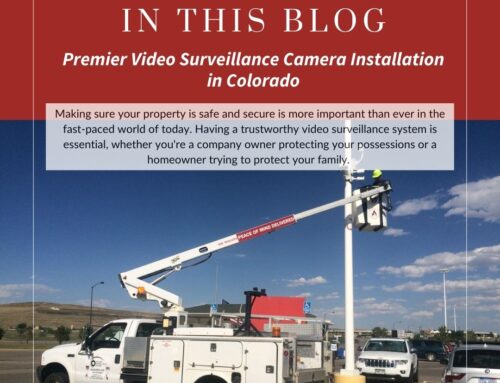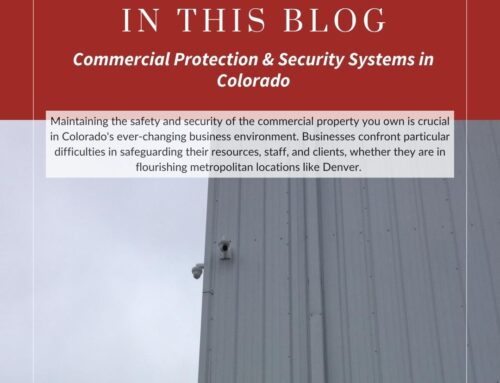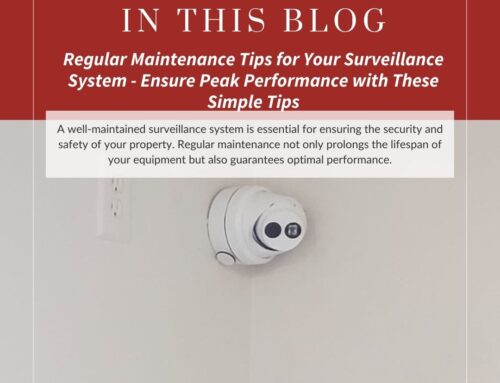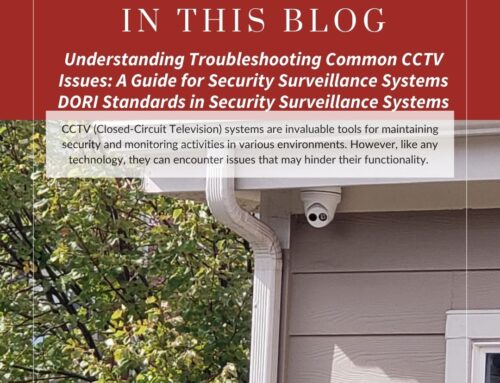Understanding DORI Standards in Security Surveillance Systems
Understanding DORI Standards in Security Surveillance Systems
When it comes to securing your property, blurry footage from security cameras won’t cut it. That’s where DORI steps in—a powerful tool that helps you make sense of your home or commercial security surveillance system.
Have you ever wondered how clear your security camera footage needs to be? In Aurora and Denver, Colorado, where security concerns are real, having sharp video footage is crucial. Between 2019 and 2023, there was over a 37% increase in crimes including murder, theft, and burglaries in the area, highlighting the need for robust security measures.
However, just owning security cameras isn’t enough. You need to ensure that the footage they capture is clear and useful, especially in emergencies.
Let’s delve into what DORI (Detection, Observation, Recognition, Identification) means for security surveillance systems, why it matters, and how it can help you choose the right system for your needs.
What is DORI?
DORI stands for Detection, Observation, Recognition, and Identification. It’s a standard that explains how well a security camera can visually detect and identify people or objects at varying distances.
- Detection: This is the camera’s ability to spot an object in its view, crucial for early alerts.
- Observation: Once an object is detected, the camera observes it to understand its movement or activity.
- Recognition: At this stage, the camera can identify what the object is, capturing clearer details.
- Identification: This is the highest level, where the camera can observe and recognize specific traits or features of the object or person.
Understanding DORI helps you pick a surveillance system that meets your unique security needs, ensuring effective monitoring and safety.
The Importance of DORI in Security Surveillance Systems
Why is DORI important in a high-risk city like Aurora and Denver?
Let’s break it down:
- Enhanced Accuracy: DORI-compliant cameras provide precise details at different distances, reducing false alarms and increasing reliability.
- Optimal Placement: Knowing DORI capabilities helps strategically place cameras to cover critical areas effectively.
- Improved Evidence Collection: DORI-enabled cameras offer clear images in security incidents, aiding in faster legal and resolution processes.
Note: DORI sets a powerful standard for boosting security in homes and businesses alike.
Different Levels of DORI
Let’s explore each level of DORI and what it means for your security surveillance system:
- Detection (25 PPM): Basic level where the camera detects movement but may not show detailed features.
- Observation (62 PPM): Details start to emerge, allowing recognition of general characteristics.
- Recognition (125 PPM): Can identify known faces or objects with a good level of certainty.
- Identification (250 PPM): Highest level, enabling identification of individuals or objects.
DORI in Action
Imagine this scenario in a home setting:
- Detection: The camera detects movement at the gate, alerting you of someone’s presence.
- Observation: The camera tracks the person, providing continuous visual updates on their actions.
- Recognition: The system determines if the person is familiar or unknown.
- Identification: Camera captures clear images for verification if needed.
This example shows how crucial DORI is for improving security, covering detection to identification stages effectively.
Frequently Asked Questions (FAQs)
Let’s address common questions about DORI standards. We’ll also share what common questions we hear and how you can evaluate based on your needs.
- Can weather affect DORI performance?
Yes, extreme weather can impact camera effectiveness, so choose cameras with strong environmental ratings.
- What are some limitations of DORI?
While useful, DORI doesn’t account for all factors affecting image quality, like compression settings and weather conditions.
- Does a higher megapixel camera mean better DORI?
Not necessarily, as DORI focuses on pixel density at specific distances, not total megapixels.
Conclusion
Understanding DORI standards is key to optimizing your security surveillance system in Aurora and Denver, Colorado. These guidelines can significantly enhance your safety and peace of mind, ensuring a reliable and efficient surveillance setup for your property.
Contact us to request a free demo. We will review your current setup, implement new access controls, and answer any additional questions you may have about keeping your building and employees secure.
Want to know more about us? Read more about what our clients have to say about our services. Contact us today to learn more about our surveillance systems and security services.


